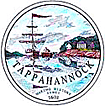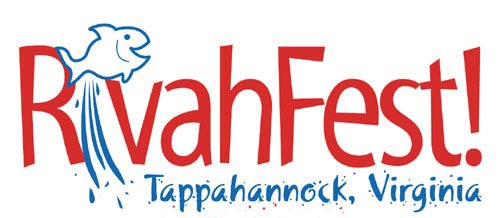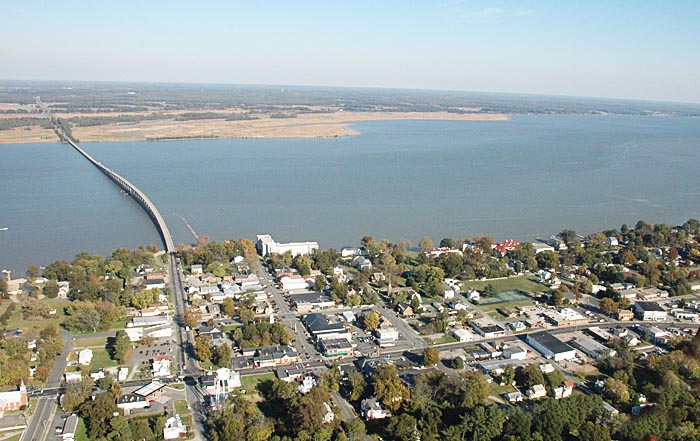  |


In the mid 1600's, a trading post was established by Jacob Hobbs. For a few years the area was known as Hobb's His Hole and later as New Plymouth. Eventually, the original name was returned in 1705. England desired to establish a port of entry in each county and Benjamin Goodrich sold the crown 50 acres of land for the town site. Today, many homes and buildings are included in Tappahannock’s Historic Landmark District.
The Tappahannock Historic District contains more historic structures than most areas of similar size in the United States. A variety of buildings illustrate important phases of community life over a period of almost three centuries. There are public and governmental buildings, private residences of the grand and simple type, a former Customs House, two former taverns and two churches. Two well known schools have been associated with several of the houses as well as persons of historic importance with many of them.
Today, Tappahannock is the county seat of Essex County, Virginia and has a population around 2,000. The importance of Tappahannock lays in its strategic river crossing of the Rappahannock River and the meeting of two major US Route 17 North/South and Route 360 East/West. Its location as a commercial hub for the surrounding ten counties has strengthened the business community with the presence of many national chain stores and services in the business district West of town.
[Click here to report a correction or new information for this web page]